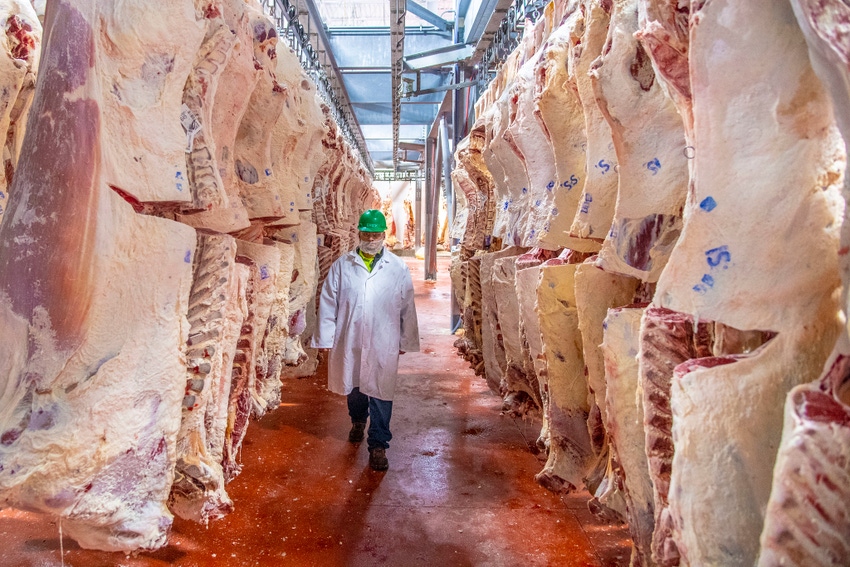May meat, poultry slaughter levels lag
Most of decline due to fewer slaughter days during the month.
July 1, 2020

Meat processing continued at a lower level through May, data from the U.S. Department of Agriculture's National Agricultural Statistics Service showed, but University of Arkansas agricultural economist John Anderson said it wasn’t because of COVID-19-related closures.
“In May, chicken slaughter held up much better than might have been expected, given the disruptions in processing operations that received so much attention,” he said.
Anderson said chicken slaughter in May was down 9% compared to the same period last year and down 3% compared to April.
Most of the decline, according to Anderson, was actually due to the fact that May 2020 had two fewer slaughter days than May 2019 as well as one day less than last month. The number of processing days is determined by when weekends or holidays fall during the month.
Cattle and hog slaughter were down “markedly” from a year ago, he said, even after accounting for the fewer slaughter days. May 2020 cattle slaughter was 23% lower than May 2019, and May 2020 hog slaughter was 17% lower than May 2019, Anderson relayed.
However, compared to April 2020, he said beef processing actually made a slight rebound.
“Cattle slaughter fell more sharply than hog slaughter but stabilized more quickly,” he explained.
Anderson said the weekly data suggest that “by the time June is wrapped up, cattle and hog slaughter will likely both be within 5% or less of the prior year.”
Meanwhile, consumer demand for meat caused May frozen meat supplies to decline from the month and year before.
“Stocks of frozen pork in cold storage declined by 24% from April and are 26% lower than a year ago,” he said, adding that pork stocks are at their lowest level since August 2011.
Anderson said frozen stocks of beef and chicken both remained above 2019 levels, despite a decline from April to May.
You May Also Like


.png?width=300&auto=webp&quality=80&disable=upscale)
